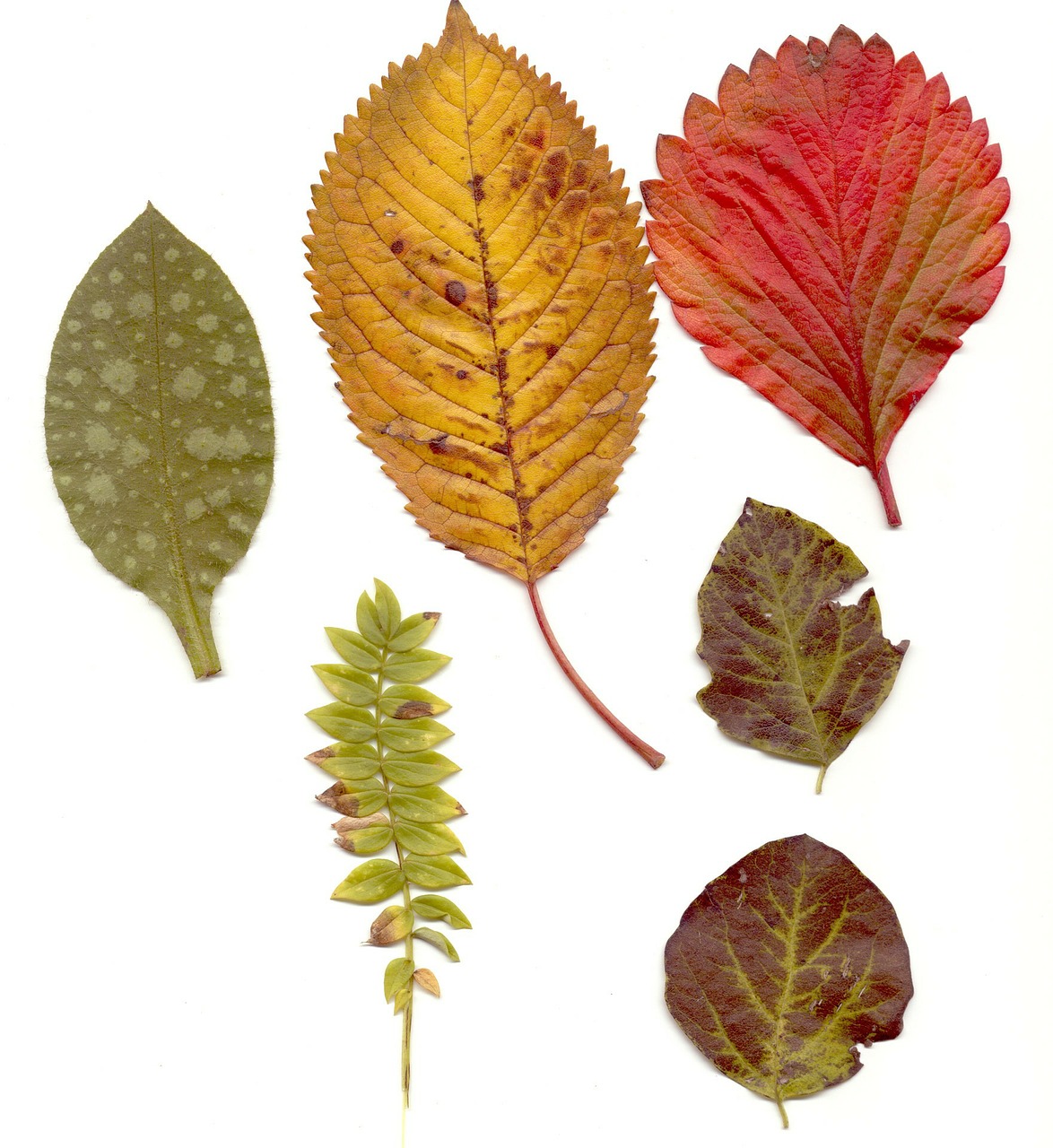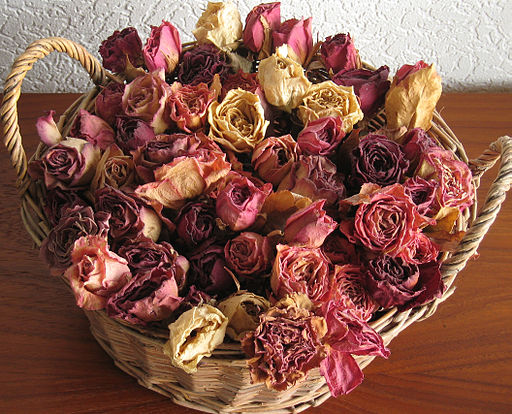The Ultimate Guide to Extending the Life of Fresh Flowers

Why Do We Give Flowers?
Because cut flowers make us feel good. They make us all feel special, both those of us that give the flowers and those of us that receive them. They help us communicate with others in a special way. They help us say things like “I love you,” “thank you,” “get well,” “I’m sorry” and “you’re special.” More than any other gift, fresh flowers can help express emotions. Even the finest artificial bouquet just is not the same.
The problem is that fresh flowers do not last. But treating them properly can extend the vase-life.
Remember that cut flowers have been removed from their life support system, both the roots, their source of water, and the leaves of the plant, their source of food.
What is the best way to preserve fresh flowers? It sounds like a simple question. Yet if you go online to search for a simple answer, you will find dozens of answers, few of them simple. How do we sort all this information out and get to the truth about preserving fresh flowers?
How to Extend the Vase-Life of Fresh Flowers
Research says that to preserve a long vase-life, flowers, you will:
1) need to minimize stresses like temperature and microorganisms
2) need to supply sufficient water, and
3) need to supply sufficient sugars or carbohydrates
The first step is to treat fresh flowers well from the moment you receive them. Keep them cool and keep them in water. At the first opportunity draw a sink full of water, place the stems under the water and cut them back 1/2″ to 1″ at an angle. Use a very sharp knife (not serrated) or scissors. The angled cut serves several purposes. First it exposes more surface area, second, an angled cut makes it easier to stick the stem into florist foam. The purpose of cutting the stems is to eliminate any air bubbles in the stems. Air bubbles can block the uptake of water. Leave the flowers in the water to rehydrate.
In the meantime thoroughly clean the vase with a 10% bleach solution.
The next question is what solution to put in the vase to keep the flowers fresh as long as possible? Suggested homemade preservative solutions range from aspirin, copper pennies, sugar, bleach, lemon juice, corn syrup, non-diet lemon-lime soda, vodka, and Listerine to rock salt. There is a grain of truth behind many, but not all, of the homegrown ingredients.
Research Says…
Research says acidic water works best for flowers. Why? There are two reasons. First, flowers take up acidic water quicker, and second, acidic water slows the growth of bacteria and other microorganisms that can clog the stems. In the home brew solutions, the aspirin, or lemon juice, or lemon-lime soda supposedly provides acidity. But how much acidity is needed for how much water? Research says that a pH of about 3.5 is about right. The research also says aspirin doesn’t help.
Research says that flowers need carbohydrates in the form of sugars. In the homemade solutions, the sugar, corn syrup or lemon-lime soda provides the sugars the cut flowers need. The problem is that different cut flowers need different amounts of sugar. Some need very little, some really like it sweet!
To slow the growth of microorganisms, some mixtures call for bleach, vodka, Listerine, or a penny to kill the microorganisms that can clog flower stems. According to the research, pennies are not much help.
If you would like to make your own fresh flower preservative solution, the University of Massachusetts offers two different formulas. I would recommend them over unproven formulas written by who knows who.
Magic Formulas You Can Trust
1) Add 1 can non-diet lemon-lime soda to 3 cans of water along with 1/4 teaspoon of household bleach.
2) Add 2 tablespoons of fresh lime or lemon juice, 1 tablespoon of sugar, and 1/4 teaspoon of bleach to 1 quart of water.
The Other Alternative
If you are not into the ‘Jerry Baker’ do-it-yourself type formulas, use the packets of floral preservative that typically comes with fresh flowers. Most commercial preservatives contain the basic components of the life support system needed by the plant.
Whichever formula you decide on, mix it up and warm it to 100 – 110 degrees. Remove the flowers from the sink of water and place them directly into the vase of warm water. Then place the vase and flowers into a cool location for an hour or two.
Keep the flowers out of direct sun and as cool as possible. Change the preservative solution every other day. If there is enough stem on the flowers, snip 1/2 inch off when you change the water.
There you have it, the latest and greatest (scientific) techniques for extending the life of your fresh flowers. Pay no attention to what those other Websites say. You know better now.
The Author:
Charles Osborne is the owner of A-Bow-K Florist and Gifts, a leading Tampa florist. A-Bow-K is family owned and operated, and has been delivering flowers to Tampa and the surrounding communities for 25 successful years. Visit our website at a-bow-kflorist.com.
Photo. Oldiefan
Source: EA








